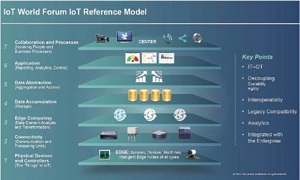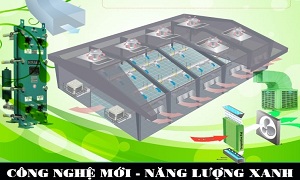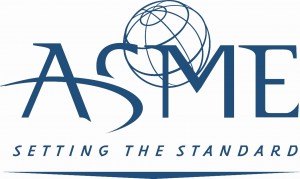The industrial maintenance management for improvement productivity
1. Maintenance activities in plants
Maintenance is defined as the combination of all technical, administrative and managerial actions during the life cycle of an item intended to retain it in, or restore it to, a state in which it can perform the required function.
Actual performace indicates that 80% adherence to schedule happens during normal operation. When unplanned activities happened, the amount of work increases, managing maintenance becomes more complicated. Managers assign their employees objectives immediately based on fact conditions.
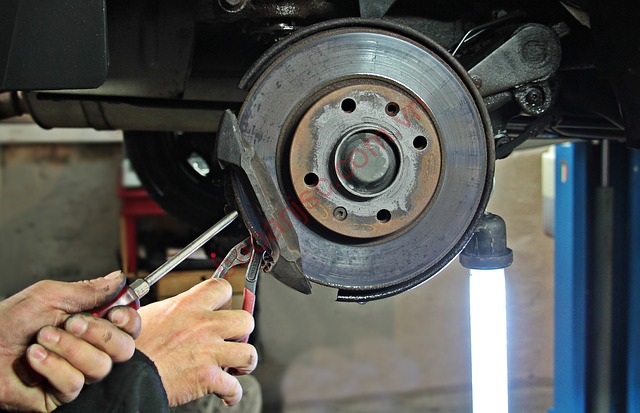
2. Implement software for scheduling maintenance system
a. Detailed Requirements
This requirement should be in the form of job description: the number of working hours to be performed, the equipment used. Regardless of the format, this job description should be placed in a place where maintenance schedule will be conducted. In a small factory, it may only need one person to focus on maintenance job descriptions, he or she can be a supervisor, a maintenance engineer, a leader ... With a large factory, the requirements work is handled by a group of employees.
The amount of information on the work request depends upon the type of talent used in the scheduling group. If the individual charged with planning is completely familiar with the job requirements and can determine the craft skills and labour-hours involved, the necessary equipment, and any other information required for scheduling, a summary of the jobs will suffice. On the other hand, where complexity of work is such that it is practically impossible for any individual to have this information, or if the person charged with scheduling does not have the training necessary to analyze the work, then the information on the work request must be presented in more detail. The number of labour-hours required, by craft, the timing, the relation between crafts, the location and availability of parts and equipment, and any special requirements concerning coordination with production schedules or personnel should be included. In addition to job information required for planning, it is equally important to have a feedback on actual performance in terms of notification of completion and actual time consumed, by craft.
Secondly, an important factor in scheduling is arranging the order in which the work is to be carried out. In a small plant with one operating department and a small maintenance organization, priorities are established after discussion between maintenance and production. However, as the plant grows and the maintenance department is required to provide service to more than one production department, the problem of priority assignment becomes more involved. Too frequently personalities, working conditions, accessibility, or geographic location influence the order of work assignment. This may decrease the overall efficiency of the plant. On the surface a solution to this problem would reserve decisions concerning priorities to an individual who is in position to judge the effect on overall plant performance.

c, Coordinating and Dispatching
Thirdly, it is necessary to get the work done, and done economically. If a supervisor or team leader estimates a period of time for his or her crafts persons complete their job, incomplete work and idle craft time would result. A formal weekly schedule followed blindly would have the same effects. Instead, the schedule should be used as a guide, and modifications can be made as needed.
Rapid communication of such modifications to the men responsible for carrying them out is essential to the success of a work schedule. It is also essential that any changes or unexpected work has not been made in the schedule be announced into the dispatch centre.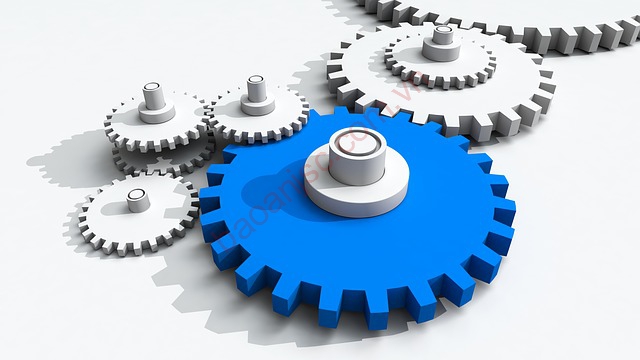
This is a cost-effective maintenance method. In fact, each device has a certain lifespan. Replacing or repairing them at the end of their lifespan to ensure that the machine and equipments are working reliably.
For preventive maintenance to be effective, it is necessary to consider the cost of preventive maintenance compared to the cost of repairing and stopping the equipment. If the cost of monitoring and supervising equipment is equal to or higher than the cost of repairing when the equipment is broken, no preventive maintenance is required. If the cost of handling equipment is unexpectedly higher than the cost of preventive maintenance, preventive maintenance is an effective option.
It is also necessary to divide equipments into groups. The fist benefit is that applying preventive maintenance to equipments which directly affects production quality and productivity if it brakes down. The second is that lower important devices should be replaced when damaged. Another benefit is that maintenance staff may find suitable component of device or spare part when working.


